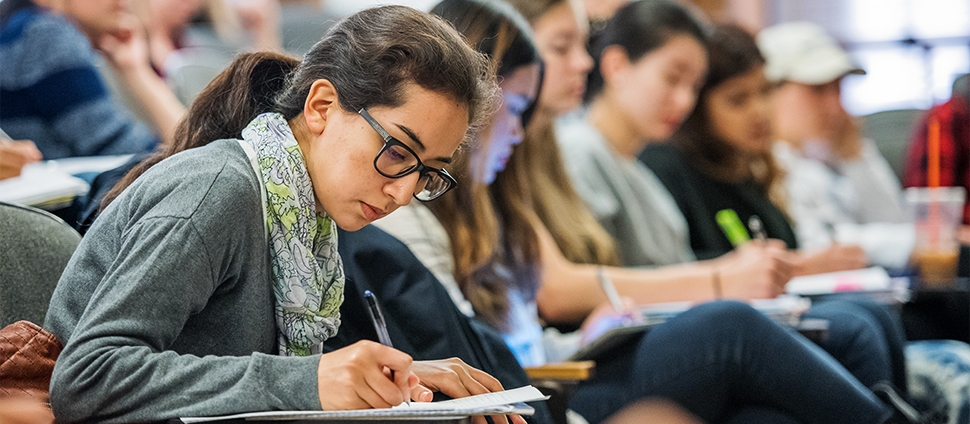Document Type
Article
Publication Date
7-8-2024
Abstract
To what extent have immigrants contributed to the growth of the United States arts sector? In this paper, we explore the impact of immigration during the Age of Mass Migration on the development of the arts in the U.S. over the past century. In the short run, our results suggest that immigration helped produce greater numbers of native artists. Over a century later, the bene- fits to the arts persist. Counties with greater historical immigration house more arts businesses and nonprofit organizations that generate more revenue, employ a larger proportion of the community, and earn more federal arts grants. When considering potential mechanisms, our analysis suggests that greater interaction between the aggregate immigrant population and natives led to increased exposure to new arts experiences and ideas, creating arts markets that persisted in the long run. This channel is further supported by positive links between the presence of immigrants from certain countries of origin and the growth of art forms popular in those countries, and evidence of long-run benefits to the arts that cannot be attributed to higher income in a causal mediation analysis. Altogether, our results highlight the important role that immigrants played in the development of the arts in America.
Keywords
Immigration, Arts, Economic Development
Creative Commons License

This work is licensed under a Creative Commons Attribution 4.0 International License.
Rights
Licensed to Smith College and distributed CC-BY 4.0 under the Smith College Faculty Open Access Policy.
Version
Author's Accepted Manuscript
Recommended Citation
Winichakul, K. Pun and Zhang, Ning, "Enter Stage Left: Immigration and the American Arts" (2024). Economics: Faculty Publications, Smith College, Northampton, MA.
https://scholarworks.smith.edu/eco_facpubs/101



Comments
The 9/19/2022 version was updated on 7/8/2024.